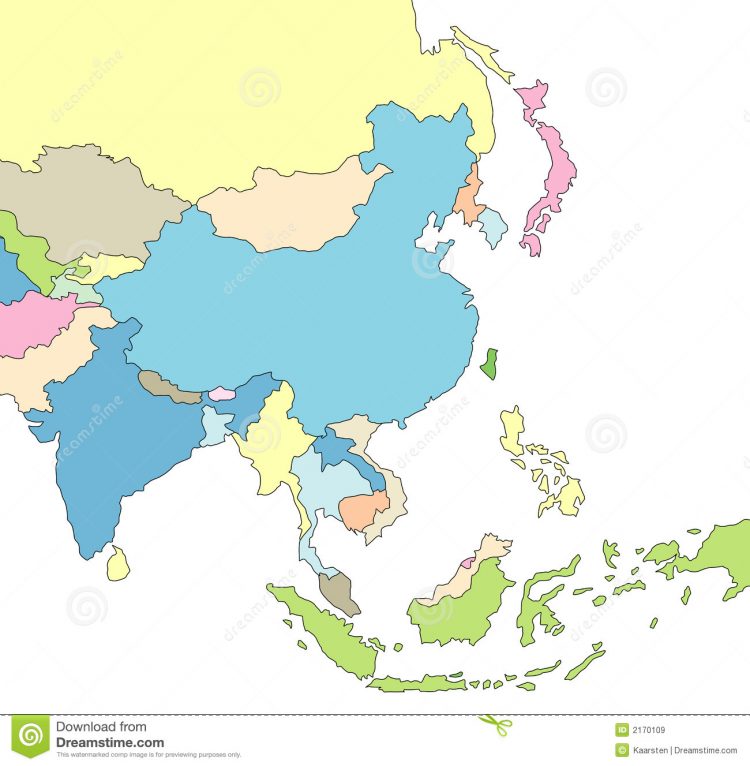Oil Is One More Headache For Emerging Asia’s Tightening Plans

published Sep 30, 2018, 4:00:00 PM, by Michelle Jamrisko
(Bloomberg) —
Emerging Asia economies that were already under stress amid a Federal Reserve policy-tightening cycle, stronger dollar and global trade tensions are bracing once again for a resurgence in inflation pressures as oil and gas prices tick higher.
That’ll make inflation reports this week from some of Asia’s heaviest fuel importers particularly important to watch, starting with Thailand and Indonesia on Monday. The Philippines reports September data on Friday, and India follows with its CPI report on Oct. 12.
The prospect of $100-a-barrel crude is once again on the table as members of the Organization of Petroleum Exporting Countries show little willingness to fill the supply gap left by U.S. sanctions on Iranian oil. For Asia’s worst-hit emerging markets this year — the Philippines, Indonesia and India — rising oil prices are a double whammy on top of weak currencies, worsening the outlook for inflation and the current-account gap.
Central banks in all three countries have raised interest rates this year and are expected to continue doing so in coming months.
Philippines
The Philippines has the biggest inflation headache by far. Price growth accelerated to 6.4 percent in August from just 2.9 percent at the turn of the year — due to a combination of higher taxes, a weak currency and rice shortages — and is now well above the central bank’s target range of 2 percent to 4 percent. Data due on Oct. 5 will probably show inflation reached almost 7 percent, according to the median estimate in a Bloomberg survey.
Higher oil prices are an added threat. Of Southeast Asia’s main economies, the Philippines has the strongest correlation between oil and inflation at 0.84, according to calculations from Bloomberg Economics’ Tamara Henderson.
The central bank raised interest rates by 50 basis points last week, the fourth hike since May.
India
Home to Asia’s worst-performing currency this year, India is among the most oil-vulnerable emerging markets, according to the Bloomberg Economics data.
While inflation of 3.7 percent in August is below the central bank’s medium-term target of 4 percent, there are growing worries that a weaker rupee and elevated prices of oil, India’s biggest import item, could combine and drive it above that level in the coming months. The Reserve Bank of India expects oil averaging around $78 a barrel to stoke headline inflation by 30 basis points.
The RBI’s most recent projection is for headline inflation to average 4.8 percent in the second half of the fiscal year through March 2019 and 5 percent in the first half of the next financial year. The central bank is expected to update those forecasts in a monetary policy statement on Oct. 5, when it’s also expected to raise interest rates by 25 basis points.
Indonesia
The range of emerging-market pressures on Asian economies are perhaps no more significantly felt than in Indonesia, which tightened policy for a fifth time last week to take the benchmark rate up by 150 basis points since May.
With inflation fairly subdued for now, central bank action has been focused on stabilizing the rupiah and preventing capital flight. As a net fuel importer, higher oil prices would add another wrinkle to the policy plans. The government has already limited imports through a number of measures, including boosting the use of biofuels in order to reduce reliance on fuel from abroad.
Data on Monday will probably show inflation reached 3.1 percent in September compared with 3.2 percent in the previous month, according to a Bloomberg survey of economists. That’s still comfortably within the central bank’s 2.5-4.5 percent target band.
Thailand
Thailand finds itself in a sweet spot this year, enjoying steady economic growth, healthy foreign reserves and stable inflation while its peers suffer more volatility. A strengthening baht over the past few months has signaled even less threatening price growth. Inflation was at 1.62 percent in August — in the lower range of the 1-4 percent target band — and economists are predicting a slowdown to 1.23 percent in September.
But the oil risk is real: Thai CPI shows a strong 12-month rolling correlation of 0.71 with Brent crude prices, according to Bloomberg Economics’ calculations.
While Bank of Thailand Governor Veerathai Santiprabhob has most recently waved off previous hints that the central bank might soon tighten, the economy’s heavy ties to fuel prices could prompt a reversion to a more hawkish stance.
–With assistance from Karl Lester M. Yap, Anirban Nag, Manish Modi and Michael J. Munoz.To contact the reporter on this story: Michelle Jamrisko in Singapore at mjamrisko@bloomberg.net To contact the editors responsible for this story: Nasreen Seria at nseria@bloomberg.net Shamim Adam
COPYRIGHT
© 2018 Bloomberg L.P







No Comment